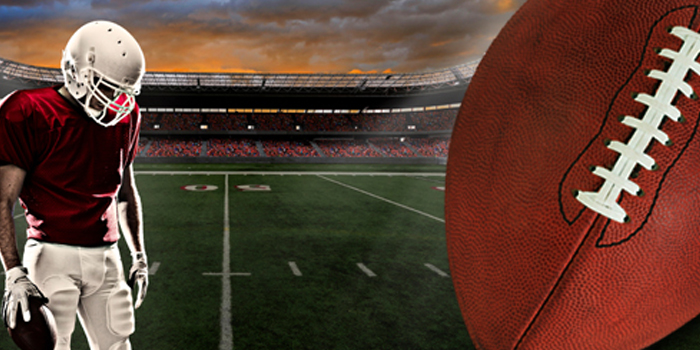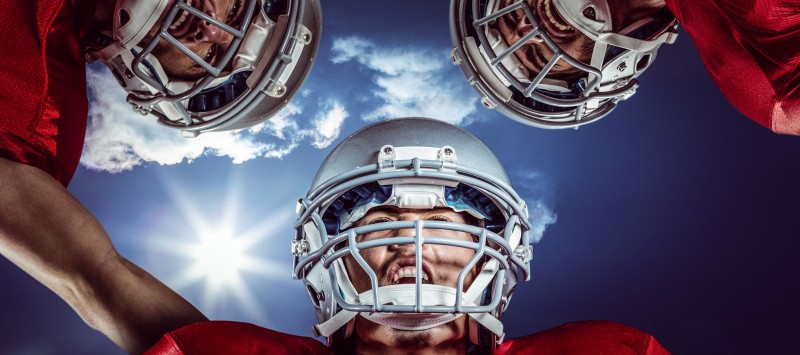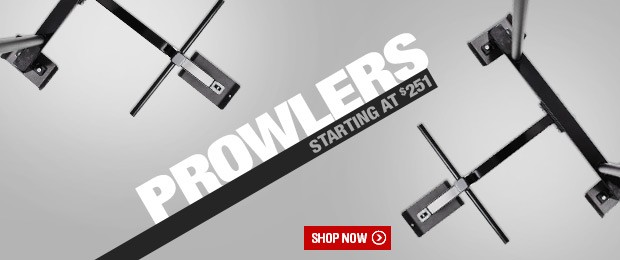
Our football team just came back from our bowl game. After one of our practices, all-time great Denver Bronco and two-time Pro Bowler Rod Smith spoke to our team. He had a great message. He is a guy who truly gets it, is doing great things for kids, and has success on and off the field.
One of the things he said really got my attention. He told our players to stop worrying about their social media status, trying to get likes for this and that. He told them to worry about RLS — real life status. He gave some prime examples of how someone is always watching you, and you truly get only one chance to make a first impression. How you act and present yourself to others is a true testament to who you are and what you stand for.
RECENT: 'If You Build It They Will Come' — Remembering My First Championship Team After 20 Years
I think this is true for coaches and players alike — or anyone in any situation, to be exact. I know a lot of us have heard this stuff before, but a lot of the athletes that we get to train have simply never received the message. They may have come from a broken home, or get a bad message from some of the people they follow, or they are influenced by the barrage of trash they see every day in the media that teaches them the exact opposite of what they need to hear and see. Really, what kind of role models do these kids have anymore? Who would make you want to say, “Yeah, I want to be like that guy?” Honestly, who? It really is our job as role models to these kids to step up and give them the positive influence that is so sadly needed in our society.
Take the huddle in football, for example. It may be the most sacred thing left on this earth. It does not matter if you are black, white, poor, rich, two-family, no family, farmer or city. All this diversity, together, holding hands for a common united purpose is why we do what we do, why our jobs as role models are so important. We must preserve what is right.
There are three things that I live by. They are the reasons I coach and they drive my personal mission statement. They keep me sane when things are not always rainbows and sunshine. They are in no particular order and each hold the same weight in terms of what I try to do each day.
Fear
The first is overcoming fear — fear of an athlete coming back years later and telling me they would have been better if I had pushed them harder, expected more from them, held them to a higher standard. That is in the back of my mind every lifting and running workout I coach. Every single one. Even deload and mobility days must be done right. I was lucky to have great coaches that demanded a lot from me, and I would not be the person I am today if they did not do so. It is not in my DNA to let a player fail to finish on a run, not touch the line, or not put their chin over the bar on a pull-up. I just can’t do it.
When you are younger, you are afraid of getting fired, but the longer you are in this business, you will notice that this is really what you should worry about — doing everything the right way. Everyone will get fired, mostly for things out of their control. Guys who have won a National Championships and have been successful at a school for 10 years are gone a year later because a coach just wants his own guy. It pisses all of us off when we see people get fired for those things. I've been there. But I know this: you coach all your players to a high standard and you will be able to look yourself in the mirror every day and sleep like a baby. There is no price tag for that.
Truth
The second section of my personal mission statement is to tell the truth. I will not lie to players or coaches. I will not sell players to scouts. I really feel that it is a sin when a coach lies or sugarcoats words or workouts with their athletes. I don’t understand the idea of trying to fool athletes. If a coach or another player touches the bar, it is not a good lift. If they aren’t giving their best effort, why in the hell would you tell them they are? One of the biggest compliments I have ever received is when a group of players told me they respected me because “Coach G keeps it on the real; he tells us the truth and not what we want to hear.”
In my book, that is coaching in its purest form — tell a player what they are doing wrong, then tell him how to fix it! I think that is a struggle with a lot of coaches, and not just in the strength realm. That is why I like having experienced lifters on my staff. If they see a player with a flaw in technique, they can spot it and correct it on the spot. I am the first guy to point out when an athlete is doing something wrong, and the first one to praise them when they do something right.
It can’t all be positive and it can’t all be negative. Be in the situation. Good lift or technique, praise them. Bad lift or technique, tell them. Teach them how to correct it. That is Coaching 101. Everything else is window dressing.
Improvement
The third section of my mission statement is that I love to see people get better. I don’t care if it is a personal best lift, fastest 40-yard time, or an intern or young coach finally running their station the right way. I love to see people and teams improve. It's a culture of greatness: people stepping out of their comfort zones, taking chances to be great and doing things the right way. I try as hard as I can to teach that hard work will pay off. It may not be right away, but it will happen. Just keep pounding the rock; sooner or later it will break.
It is about you, not me. Your greatness is not what you have; it is what you give to others. If we can teach these things to our athletes then we have done our job. This is preparing them for real life and keeping their real life status trending in the right direction.
Photo credit: Wavebreak Media Ltd © 123rf.com











